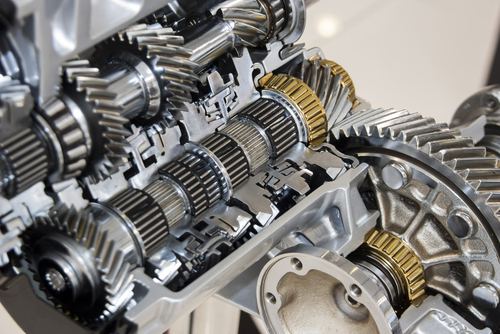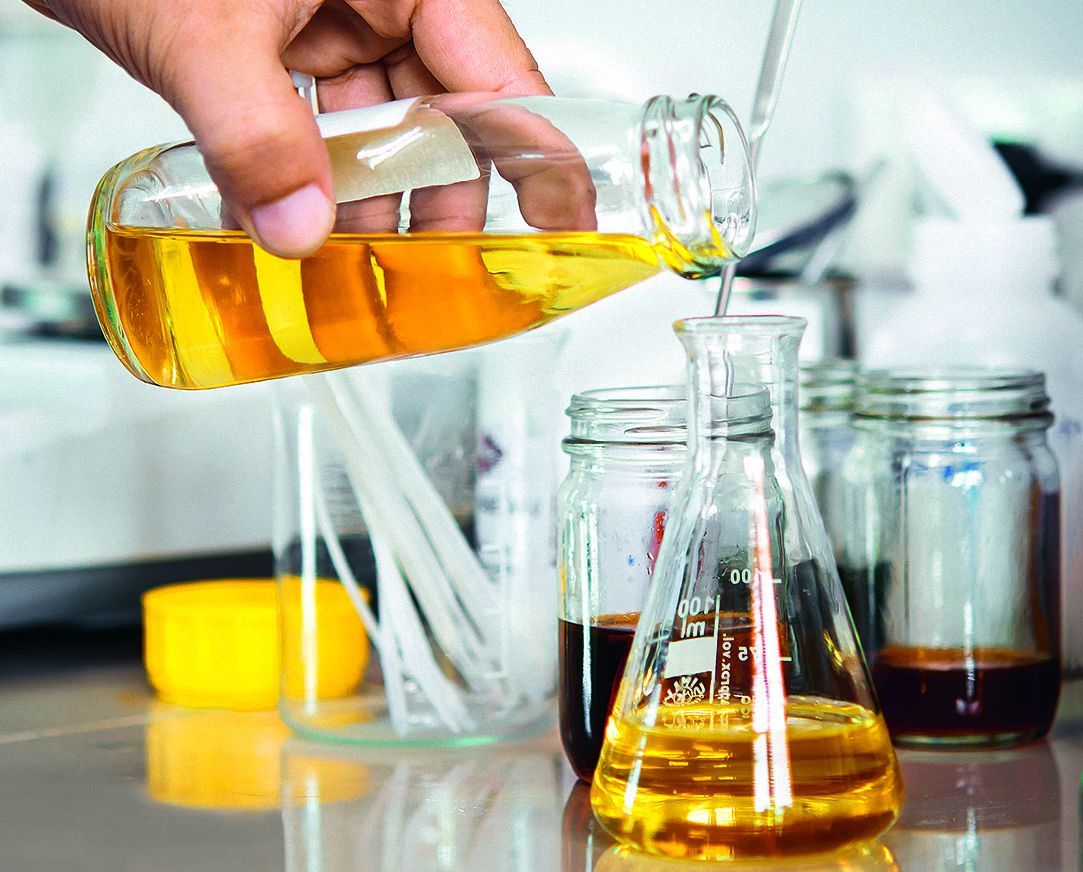Manual Transmission Fluids
Background
Sophisticated multi-speed automatic transmissions may get all the headlines, but it is manual transmissions keeping most of the world on the move. Market research highlights substantial growth is expected in the manual transmission market across the world, however this growth varies across the regions.
Manual transmissions come in two main types: synchronized and non-synchronized. Non-synchronized transmissions require manual synchronizing, which depends on the skill of the driver at each shift event to synchronize gear speeds, particularly on the downshift. Non-synchronized transmissions are usually only found in motorsport applications or heavy duty commercial vehicles.
North American heavy duty commercial vehicles are typically equipped with unsynchronized manual transmissions, whereas European truck manufacturers tend to favour synchronized manual transmissions.
The focus on driver comfort has improved the design of today’s transmissions especially in gear shift feel and ability. Each OEM or transmission manufacturer typically develops a fluid specification based on both standard and non-standard tests. These changes in transmission design have led to advancements in transmission lubricant technology
The Synchronizer
A synchronizer in manual transmissions is a friction device that matches the input speed to the selected gear speed, ensuring smoother gear shifting. A synchronizer does exactly as the name suggests. It equalises its speed with that of the next gear to be engaged, allowing a smooth, crunch-free selection.
Modern synchronized manual transmissions are of the ‘constant mesh’ variety. This means that idling (free spinning) gears on a main shaft are in constant mesh with a corresponding set of gears.
Historically synchronized manual transmissions have been equipped with one synchronizer ring per gear. However, the latest generation transmissions now feature double or triple cone synchronizers on the lower gears to facilitate smoother shifting and shorten the synchronization phase.
Commercial vehicle and passenger car synchronizers follow similar principles, but the choice of materials reflects the much higher torque commercial vehicle transmissions must transmit. A typical heavy duty synchronization ring can be made from steel coated with molybdenum or carbon, with torque capacities as high as 18,000 Nm.
Materials used in the synchronizer
- Brass: The most common material used in passenger car and light commercial vehicle applications and when used with a dedicated MTF, able to provide very good shift quality durability. Extensively used in passenger cars. When exposed to a non-dedicated MTF can lead to general wear on the (soft) brass friction surface (chemical reactions with some oils due to copper content).
- Sinter: It can be tailored to provide a desired friction/durability response for a specific application. Used in both passenger cars and commercial vehicles. The high level of engineering in this finish can require the lubricant to have very specific properties to match the application and properties of the material. Pore-plugging, glazing and separation of the sintered layer from the substrate can occur if the wrong fluids are used.
- Molybdenum: Capable of withstanding intense heat without expanding or softening, therefore ideal for use as a synchronizer material in severe applications. Also able to withstand very high torque without excessive wear. Mainly used in commercial vehicles. When exposed to a non-dedicated MTF, surface scuffing and delamination of the molybdenum layer can occur.
- Carbon Weave: Highly resistant to chemical effects and experiences low thermal expansion under high temperatures. Ideal for use in high torque or performance applications, providing durable friction and low wear rates. Mainly used in commercial vehicles. The friction level and shift quality can be highly influenced by lubricant properties. Using a poorly matched lubricant can lead to glazing, plugging, degradation due to overheating, separation of carbon weave layer.
- Carbon (Graphitic): Carbon materials can vary in their properties based upon their material structure, bonding and manufacturing processes. They generally provide very durable friction and can tolerate high torque applications. Used in commercial vehicles and more recently in newer passenger cars. The friction level and shift quality can be highly influenced by the lubricant properties. Glazing, plugging, degradation due to overheating (poor heat transfer) and separation of the carbon layer can occur.
The importance of a good MTF
Lubricating synchronizers is a complex task. Clearly, there is a need to prevent wear, but the synchronizer rings still need to generate sufficient friction to perform the synchronization. That same lubricant also has to protect bearings and seals and resist degradation in the face of increasingly extended drain periods. It must also survive higher temperatures caused by reduced airflow due to improved vehicle aerodynamics and the increased energy density typical of modern, high performance powertrains.
The advantages of using the correct dedicated MTF can provide real benefits in terms of:
- Longer fluid and hardware life:prevents premature aging of the lubricant and maintains film thickness and anti-wear performance, helping to reduce maintenance costs and extend transmission life
- Better shift feel:superior performance ensures smooth gear shifts making the ride more comfortable for the driver and the passenger
- Hardware compatible and fluid stability: Proven performance for synchromesh, high loads and high temperatures helping to protect the transmission through the lifetime
- Gear durability:protects parts from premature wear and helps breakage that can lead to expensive repairs and downtime
The performance of FUCHS MTFs is backed by a wealth of OEM approvals. You can check all MTF products available here.
Your FUCHS Team Product Management Automotive

Manual Transmission
AA manual transmission is connected to the engine and transfers the engine’s power to the wheels. The driver can shift gears manually, changing gear ratios as the vehicle moves. Whilst the description of what a transmission does is simple, it is a very complex piece of equipment containing several components working together to move the vehicle.

Key performance additives
The most important additives used in MTFs are:
- friction modifiers,
- foam inhibitors,
- oxidation inhibitors,
- corrosion inhibitors,
- pour point depressants,
- seal swell agents
- anti-wear agents.
